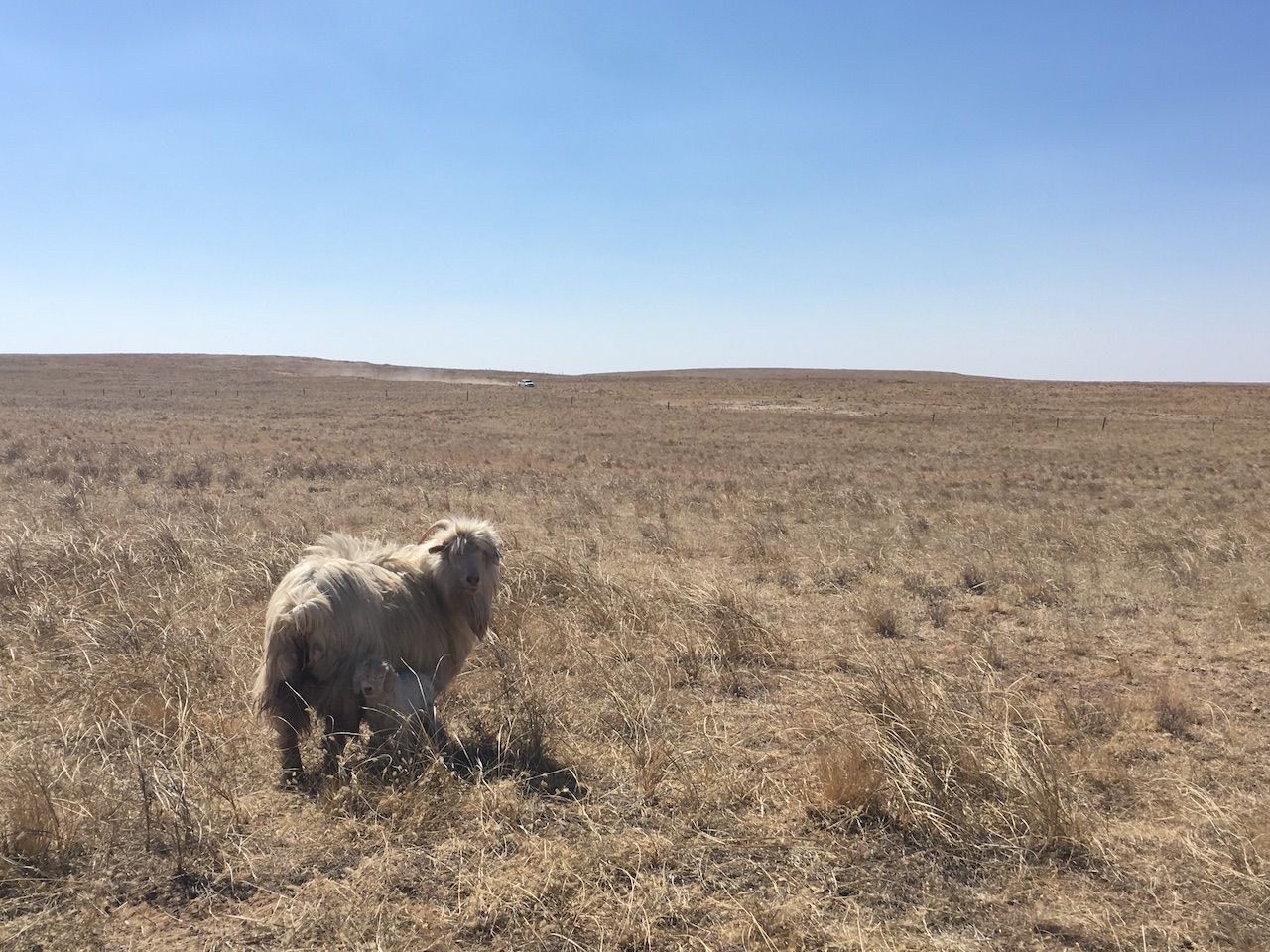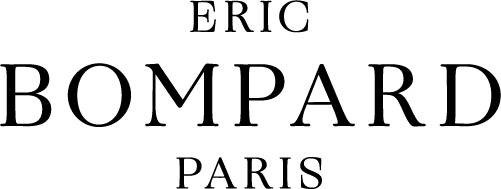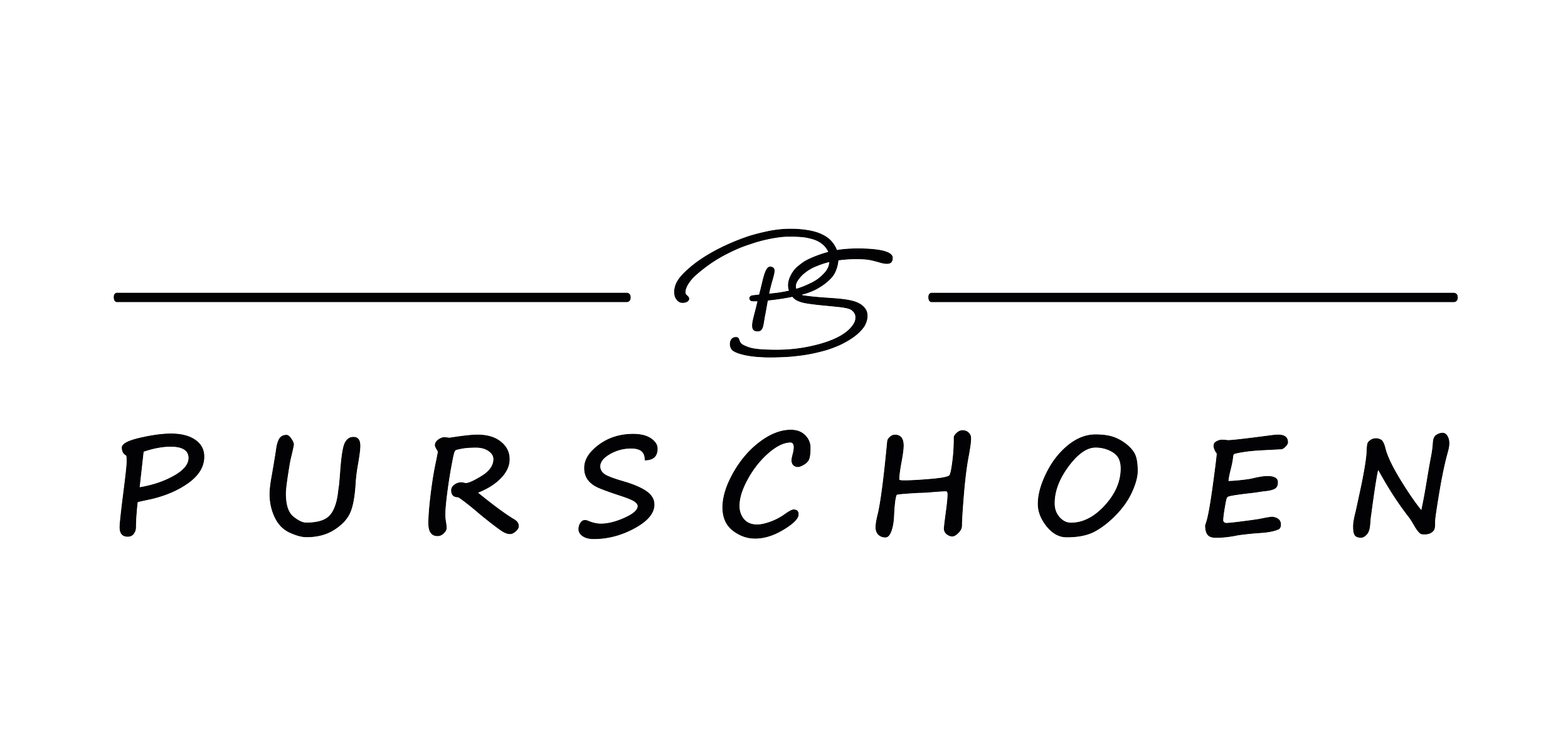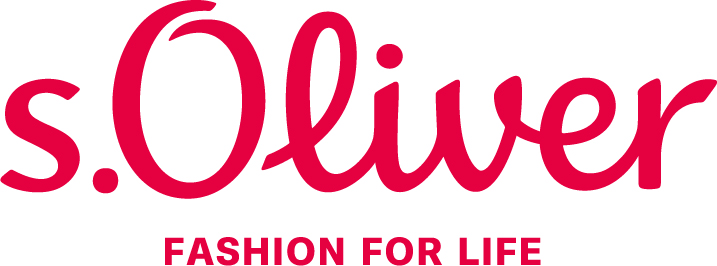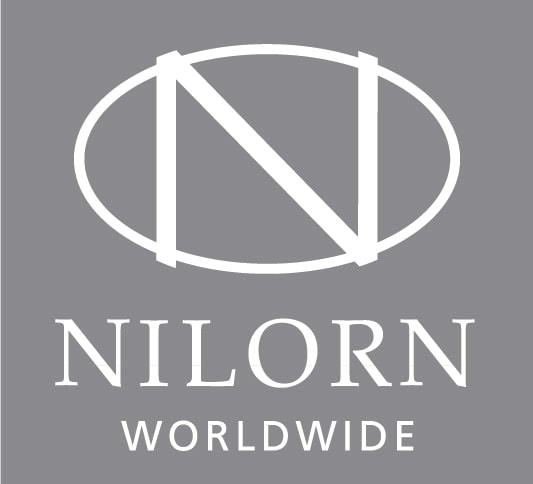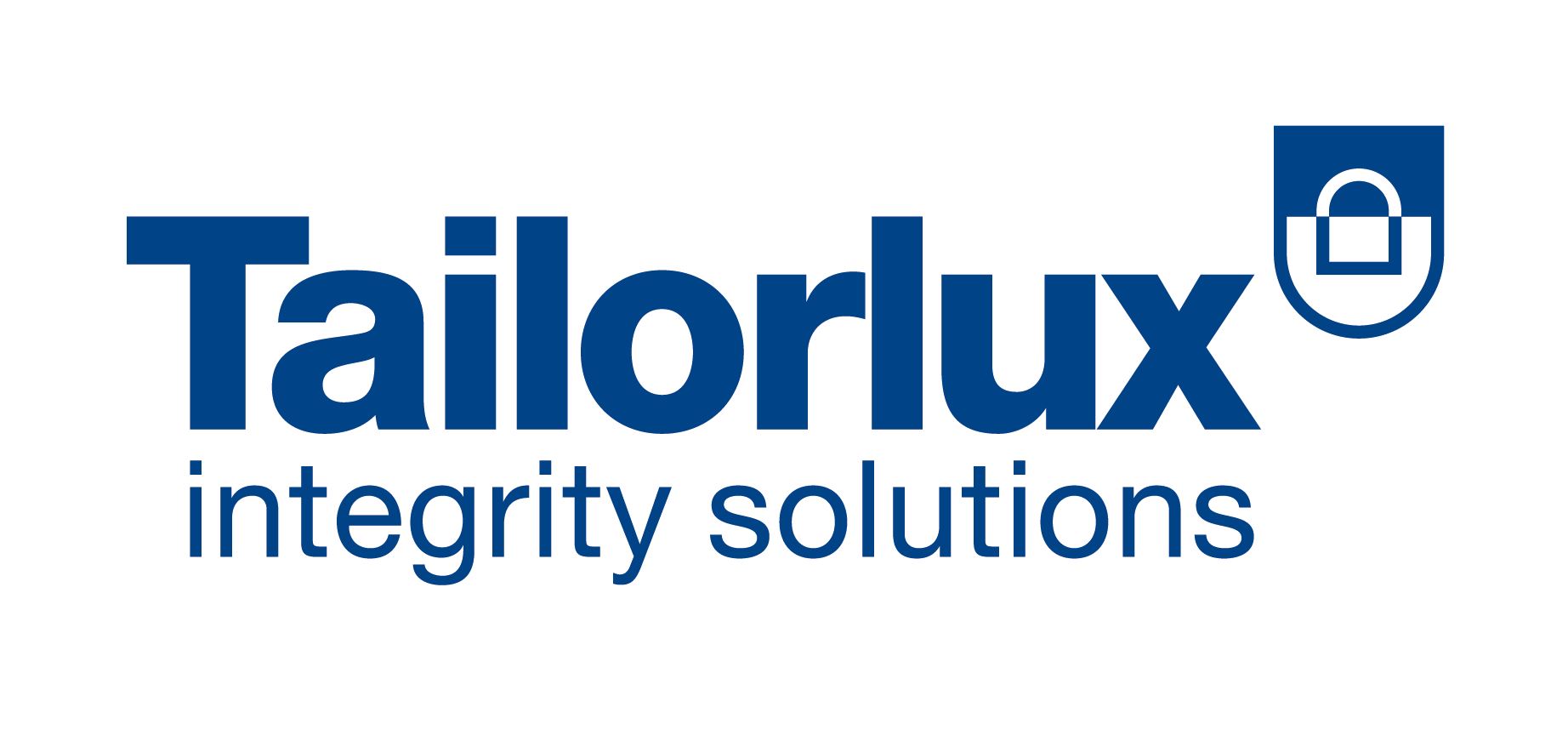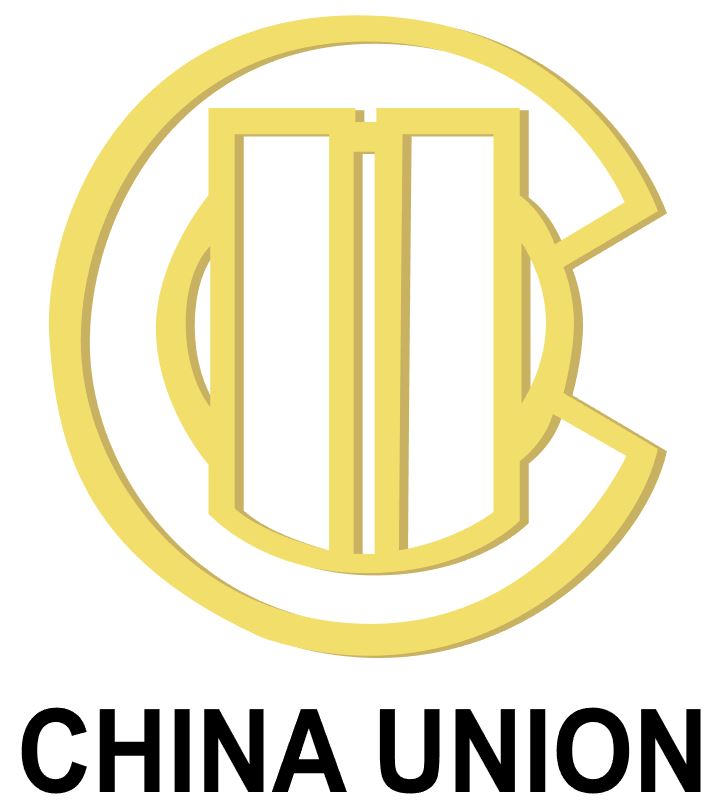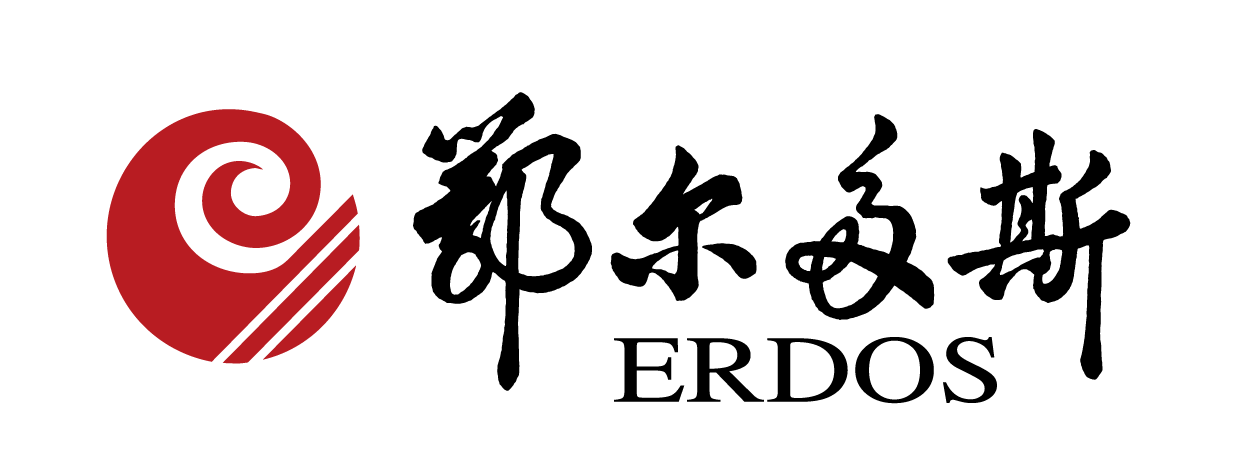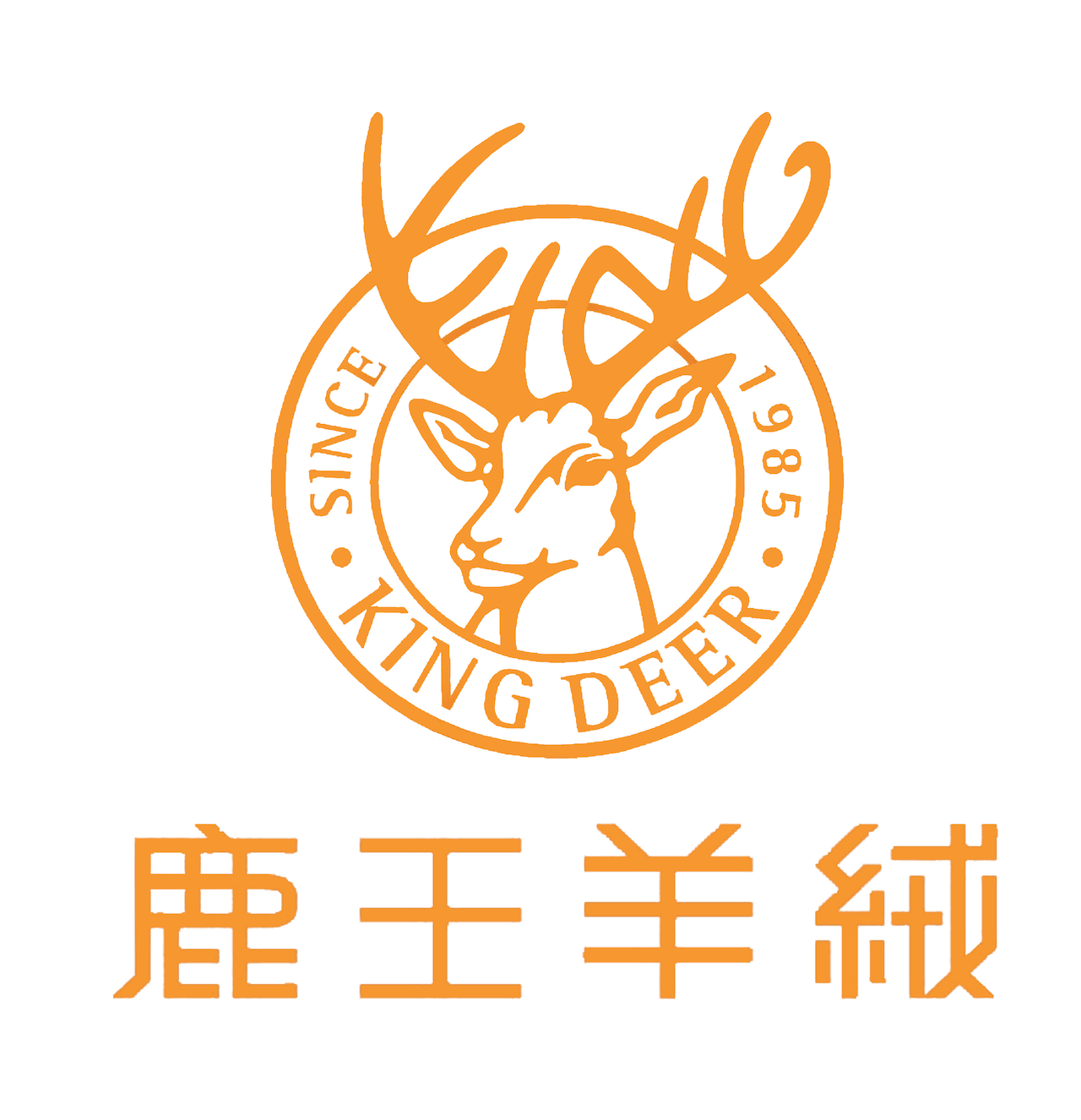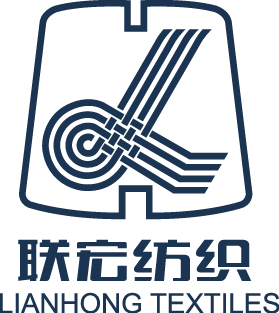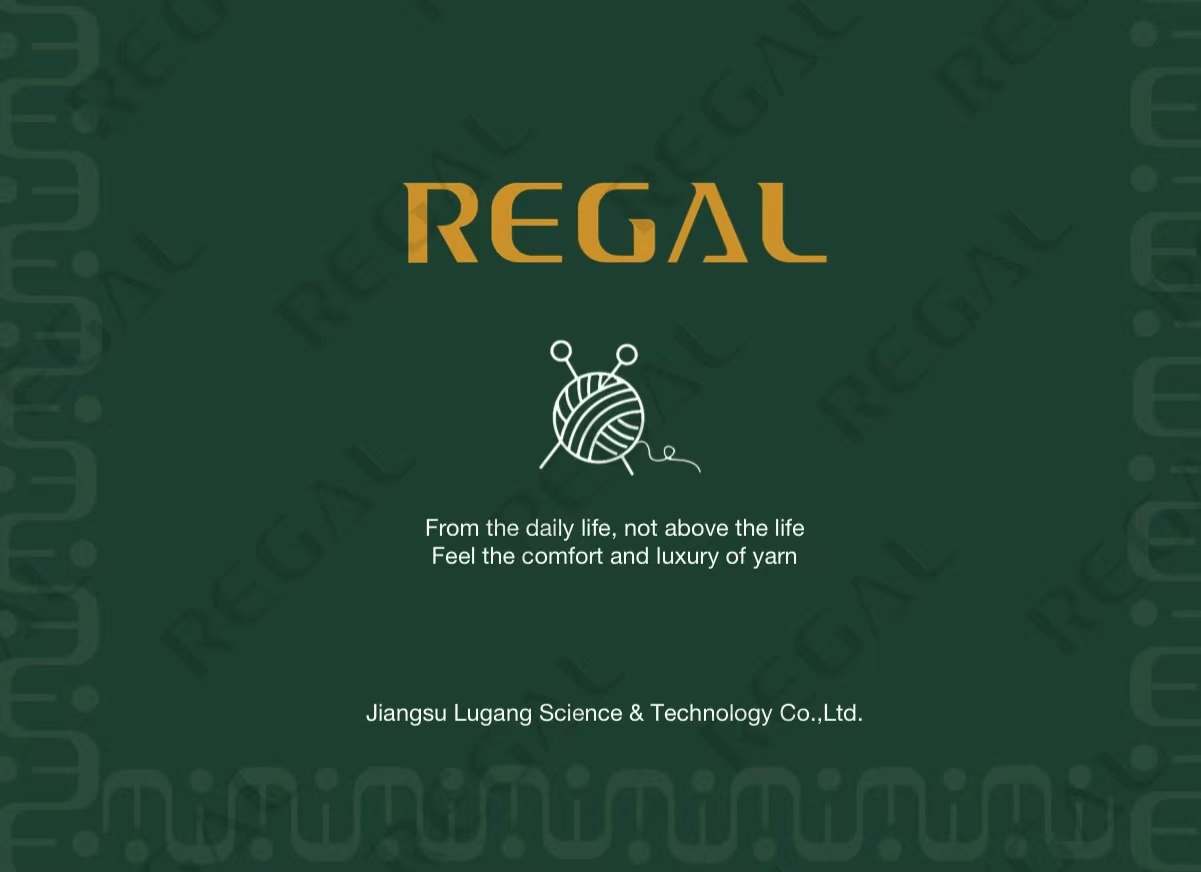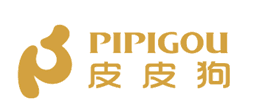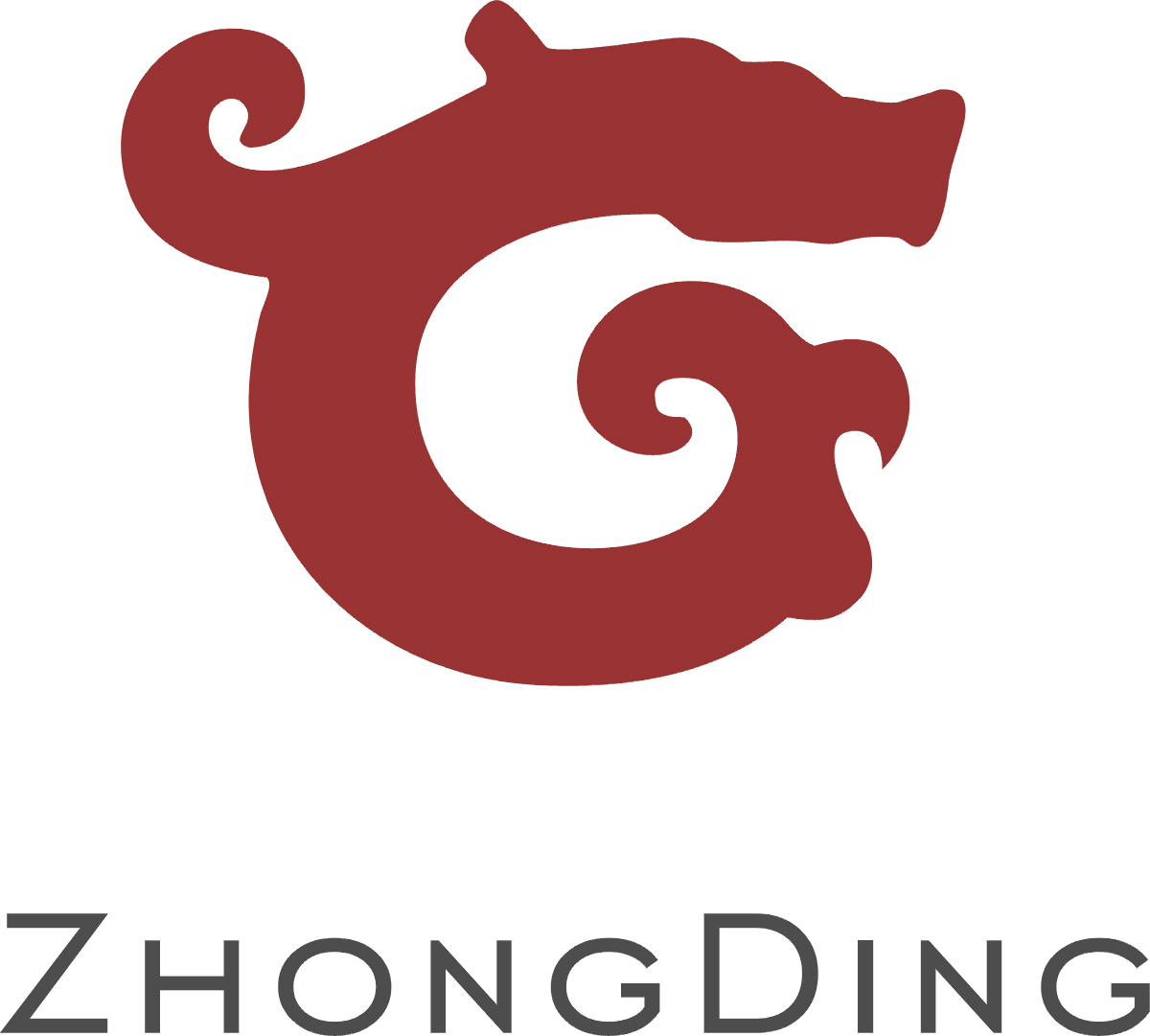Criteria and Principles
The Good Cashmere Standard® 2.0 is built on four pillars that encompass the key aspects of sustainable cashmere production: cashmere goat welfare, the environment, people, and management. With these pillars and the accompanying criteria, GCS is effectively and comprehensively moving cashmere production towards greater sustainability, both at the farms with and without employees and in the first stage of processing cashmere fibres, which takes place at buying and dehairing stations.
The largest chapter of The Good Cashmere Standard® covers animal welfare and was designed on the basis of the Five Freedoms as defined by the Farm Animal Welfare Council. As part of the revision of the standard released beginning of 2024, the animal welfare chapter was fundamentally revised and is now based on the scientifically up-to-date Five Domains Model, which was developed by Mellor et al. More than 150 indicators set clear guidelines for nutrition, keeping and handling, shearing and health management of the animals, among other things. Beyond its focus on animal welfare, the standard’s revision also addresses three other pillars: people, management, and the environment. It provides clear guidelines for protecting biodiversity and land through land management, achieving dignified labour conditions for all people involved in cashmere fibre production, and ensuring compliance with responsible business practices, the verification process, and GCS values.
The Standard defines core criteria that must be met from the start in order to be a part of the GCS herder group or to be verified as a cashmere producer as well as major and basic criteria.
Independent auditors conduct regular checks to assess the fulfilment of criteria and document the progress made, using a sample-based approach.

